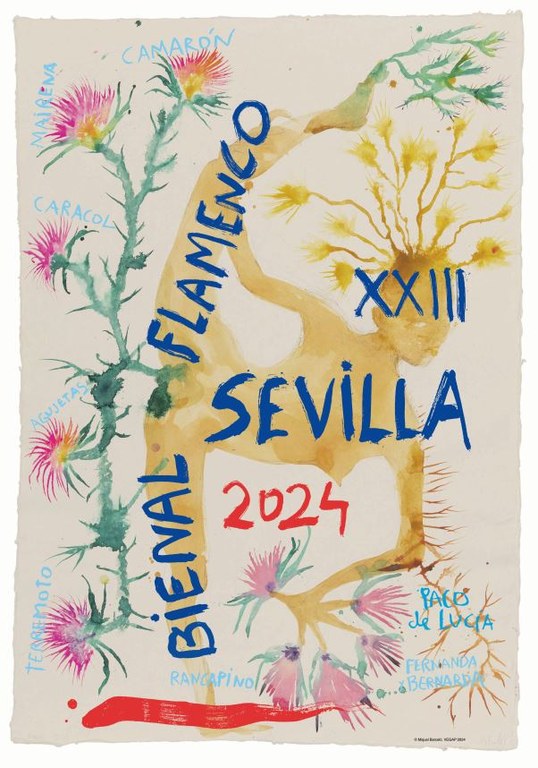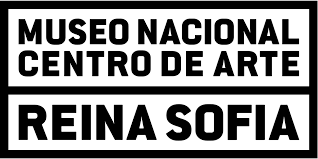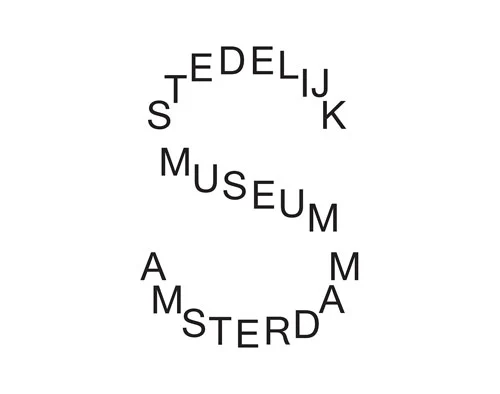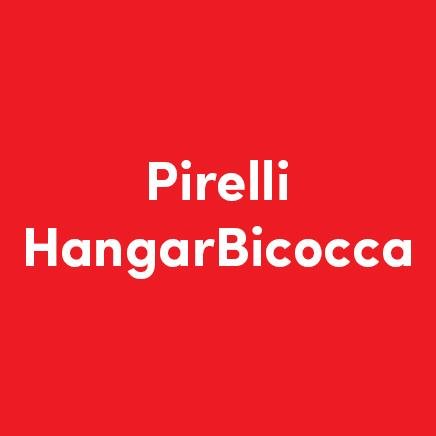AVERY SINGER : «PICTURES PUNISH WORDS», KUNSTHALLE ZÜRICH
AVERY SINGER «PICTURES PUNISH WORDS» / Kunsthalle, Zürich (CH) / 22 novembre – 25 janvier 2015 / Opening 21 novembre.
The technically and iconographically striking paintings of Avery Singer (born in 1987, lives and works in New York) thwart our visual expectations. At an initial glance, they resist a clear classification of painting or printing processes. Hence her works raise the obvious and artistically pressing question of how the digital information that surrounds us can materialize itself – be it as a flat image on paper or more recently in 3-D in plastic, or on and in every other possible material surface. Avery Singer has created a cycle of works specifically for this first institutional solo exhibition. Following its presentation in Zurich, the exhibition will be shown at the Fondazione Sandretto Re Rebaudengo in Turin (12 February – 12 April 2015).
While the analysis of painting has been an ongoing concern for Avery Singer since 2010, she also experiments and explores imaging processes. Her motifs are inspired by the seemingly infinite flood of images on the Internet. She also processes everyday occurrences and realities in her paintings and repeatedly finds inspiration in literature. With the help of the graphic program SketchUp, which is used for 3-D modeling in architecture, Avery Singer constructs complex spatial compositions filled with abstracted figures and objects. In the course of this process, the motifs are translated into geometric forms and reduced to simple elements: hair becomes zigzag lines, eyebrows straighten, arms turn into blocks and the female bosom becomes an asymmetrical polygonal outgrowth of the body. Singer projects these computer-generated sketches onto a canvas or panel, separating the forms from each other using masking tape and creating surfaces on the canvas in a grey palette with airbrush. Through their rejection of color, these works follow the tradition of Grisaille – a style of painting that featured predominantly in medieval panel painting and the Renaissance, and was frequently used for the translation of sculptures into painting.
The airbrush technique heightens the planarity of the painting surface to an extreme and contrasts with the illusionistic spatiality of the image compositions, an approach that broaches and further develops questions relating to art history and perception. As trompe-l’oeils, the large-format works open up spaces that invite the viewer to walk into them, or at least risk a look behind the canvas to see whether another space lies behind it. The planarity of the canvas is also ruptured by the form of the presentation: By allowing the paintings to float freely in the space on delicate metal cables,rather than opting for the traditional wall hanging, the artist creates a spatial constellation in the exhibition by using the paintings themselves.
Images copyright the artist / Kunsthalle Zürich















